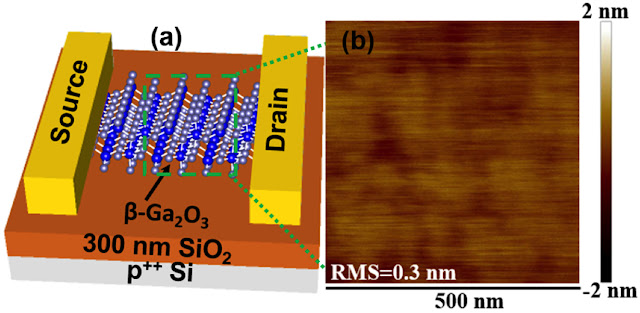
Breaking News
 Tony Blair is back in Lebanon to enforce the Zionist/Trump expansionist plan
Tony Blair is back in Lebanon to enforce the Zionist/Trump expansionist plan
 My First Bitcoin Goes Global, Will Empower Educators Worldwide
My First Bitcoin Goes Global, Will Empower Educators Worldwide
 GAME OVER! Congress EXPOSED for abusing security clearance to ENRICH THEMSELVES!!
GAME OVER! Congress EXPOSED for abusing security clearance to ENRICH THEMSELVES!!
Top Tech News
 New Gel Regrows Dental Enamel–Which Humans Cannot Do–and Could Revolutionize Tooth Care
New Gel Regrows Dental Enamel–Which Humans Cannot Do–and Could Revolutionize Tooth Care
 Researchers want to drop lab grown brains into video games
Researchers want to drop lab grown brains into video games
 Scientists achieve breakthrough in Quantum satellite uplink
Scientists achieve breakthrough in Quantum satellite uplink
 Blue Origin New Glenn 2 Next Launch and How Many Launches in 2026 and 2027
Blue Origin New Glenn 2 Next Launch and How Many Launches in 2026 and 2027
 China's thorium reactor aims to fuse power and parity
China's thorium reactor aims to fuse power and parity
 Ancient way to create penicillin, a medicine from ancient era
Ancient way to create penicillin, a medicine from ancient era
 Goodbye, Cavities? Scientists Just Found a Way to Regrow Tooth Enamel
Goodbye, Cavities? Scientists Just Found a Way to Regrow Tooth Enamel
 Scientists Say They've Figured Out How to Transcribe Your Thoughts From an MRI Scan
Scientists Say They've Figured Out How to Transcribe Your Thoughts From an MRI Scan
 Calling Dr. Grok. Can AI Do Better than Your Primary Physician?
Calling Dr. Grok. Can AI Do Better than Your Primary Physician?
Semiconductor for next generation power electronics
The semiconductor is promising for next-generation "power electronics," or devices needed to control the flow of electrical energy in circuits. Such a technology could help to reduce global energy use and greenhouse gas emissions by replacing less efficient and bulky power electronics switches now in use.
The transistor, called a gallium oxide on insulator field effect transistor, or GOOI, is especially promising because it possesses an "ultra-wide bandgap," a trait needed for switches in high-voltage applications.
The schematic at left shows the design for an experimental transistor made of a semiconductor called beta gallium oxide, which could bring new ultra-efficient switches for applications such as the power grid, military ships and aircraft. At right is an atomic force microscope image of the semiconductor. (Purdue University image/Peide Ye
ompared to other semiconductors thought to be promising for the transistors, devices made from beta gallium oxide have a higher "breakdown voltage," or the voltage at which the device fails, said Peide Ye, Purdue University's Richard J. and Mary Jo Schwartz Professor of Electrical and Computer Engineering.
Findings are detailed in a research paper published this month in IEEE Electron Device Letters. Graduate student Hong Zhou performed much of the research.

 Doug Casey and Michael Yon
Doug Casey and Michael Yon
 Unbanked In A Connected World
Unbanked In A Connected World


